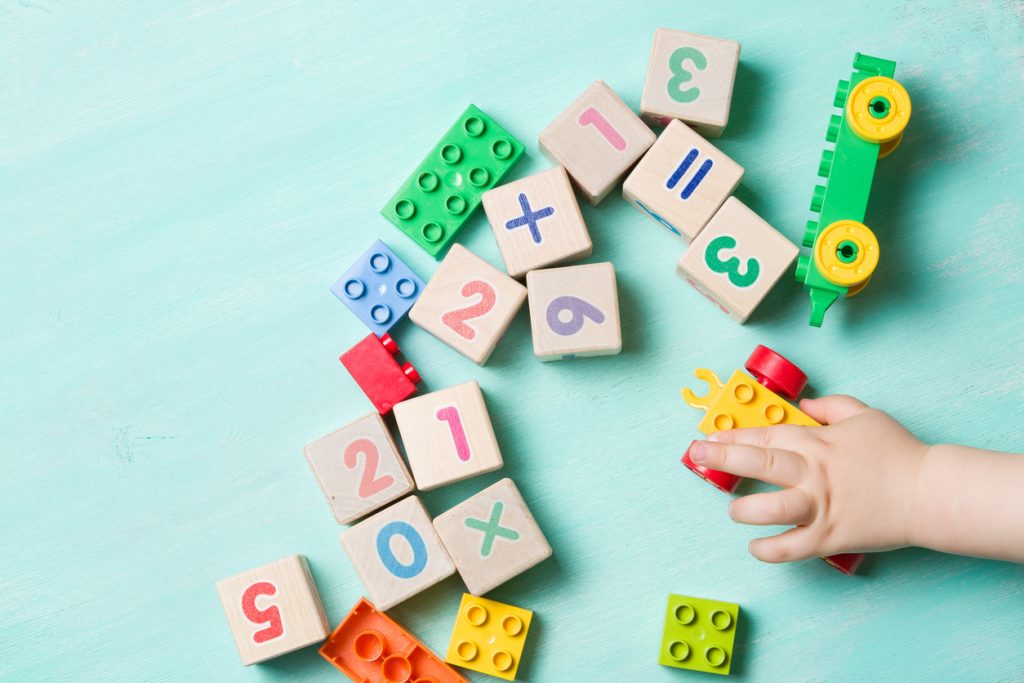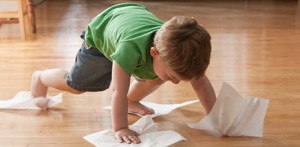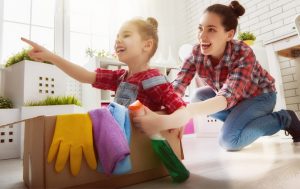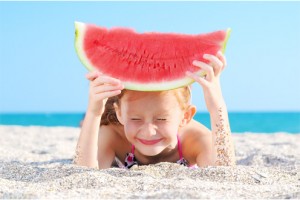How to Clean Baby & Toddler Toys

With small children in the home, it’s common to spend a lot of time disinfecting pacifiers, thoroughly sanitizing dishes and cutlery, and cleaning bottles. However, sometimes the cleaning of children’s toys can be forgotten. Kids spend a lot of time in contact with their favourite toys, carrying them everywhere and often putting them in their mouths—so keeping those beloved toys clean is important.
Stuffed Animals & Fabric Toys
Most plush toys can be washed in the washing machine. For any persistent stains, apply a small amount of baking soda before machine washing, then add 3 tablespoons of vinegar during the rinse cycle.
For any non-washing machine safe plush toys, place them in a plastic bag and leave them in the freezer for 24 hours. This will kill the dust particles and leave your child’s favourite cuddly toy germ-free.
Plastic Toys
Plastic toys can be washed safely with soapy water so long as they are thoroughly rinsed. A solution of water and white vinegar can be used as a homemade alternative to a harsh detergent. Simply spray your vinegar and water solution onto the toy and leave for 15 minutes before rinsing away any remaining vinegar. Another alternative is to mix water with a tablespoon of baking soda and, using a clean cloth, apply it to both wooden and plastic toys. Plastic toys can also be washed in the washing machine. Place them in a securely tied mesh bag and wash at a low temperature and at a low RPM.
Metal Toys: Avoiding the Rust Belt
Metal toys don’t like getting too wet, or else they may rust and parts stop moving, so the key here is to just use a small amount of the water/vinegar solution and then wipe to dry immediately.
Wooden Toys (Don’t Take the Plunge!)
With more and more wooden toys on the market today, these are becoming more common in the playroom (thankfully, because we love wood’s natural antibacterial properties). Wooden toys should not be submerged in water as this can affect the grain and surface of the toy. They will absorb whatever is on them, so again the best bet for this kind of toy is a quick spray with the vinegar/water solution and then a wipe dry. Make sure wooden toys get a chance to air-dry before you put them away.
Bath Toys
Here, prevention really is the best medicine. Try to avoid using toys with holes in them. They never dry out inside and become breeding grounds for bacteria. Also, make a game at the end of bathtime of rinsing toys and placing them in an open weave plastic basket or another container to dry. But if you notice that your little yellow rubber ducky is looking a bit green around the gills (and if he will be sorely missed if you just toss him), combine half a cup of white vinegar with four litres of water in a pail or large bowl. Wearing gloves, immerse the toy in the mixture, squeezing it to expel the gunk from inside and allowing it to fill with the vinegar mixture. Let soak for 15 minutes, and expel the vinegar mixture. Repeat if necessary.
Teething Toys
The toys our children put into their mouths when first starting to teeth need to be cleaned thoroughly. The easiest way to do so is to place them in boiling water for 10 minutes. After removing them from the water, allow them to cool naturally. For any toys that cannot be placed in boiling water, a solution of water and vinegar can be used as a disinfectant, and make sure you remove all visible dirt from the toy before applying the solution.
Just as our homes go through a good spring cleaning, children’s toys should get some love during this time as well. Using these tips to clean your kid’s favourite toys once in a while is a great way to make them last longer and keep them clean and germ-free!















Oh, so great tips! I have a great problem with cleaning my son’s toys. All the rubber animals get dirty so fast. Besides my son has his teeth growing and he’s biting everything. You’ve given me so good ideas. Thank you
Thanks
rachel
https://www.sophielagirafe.ca/